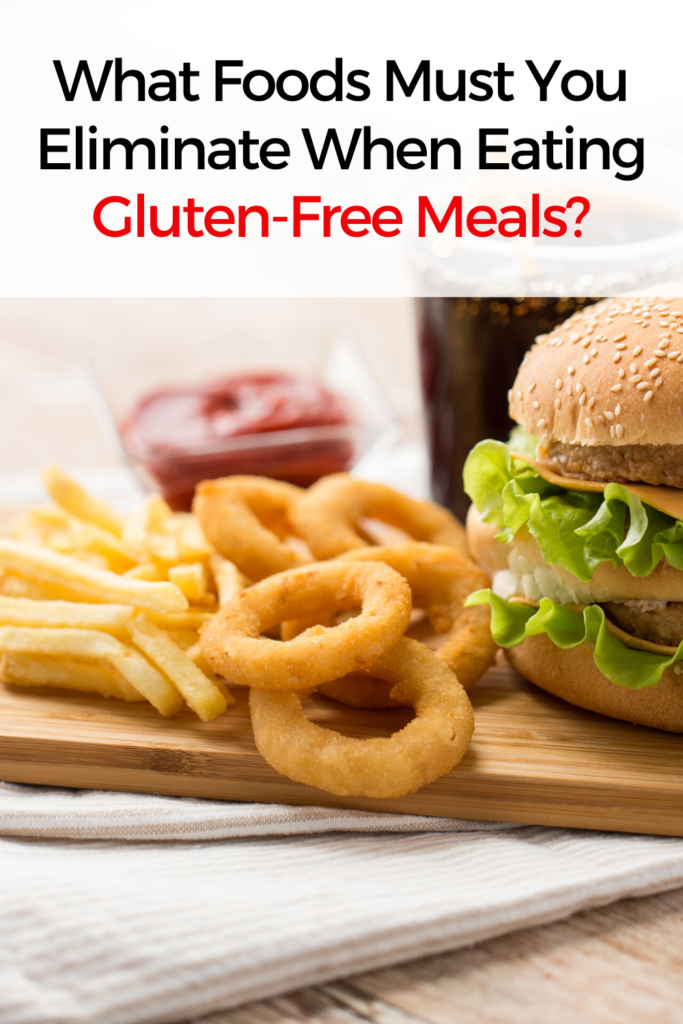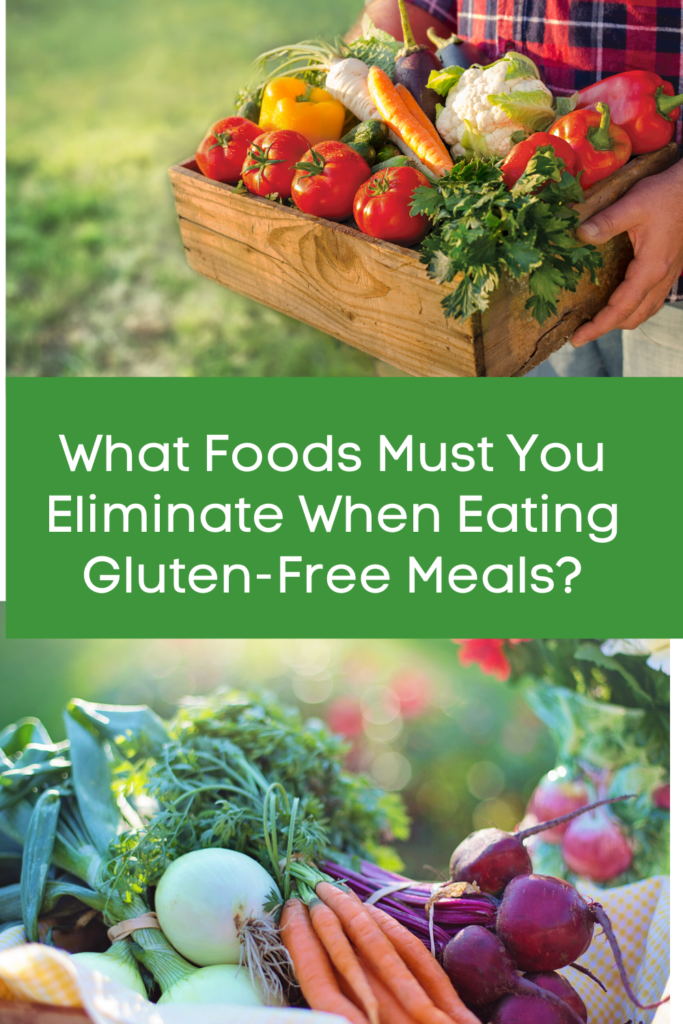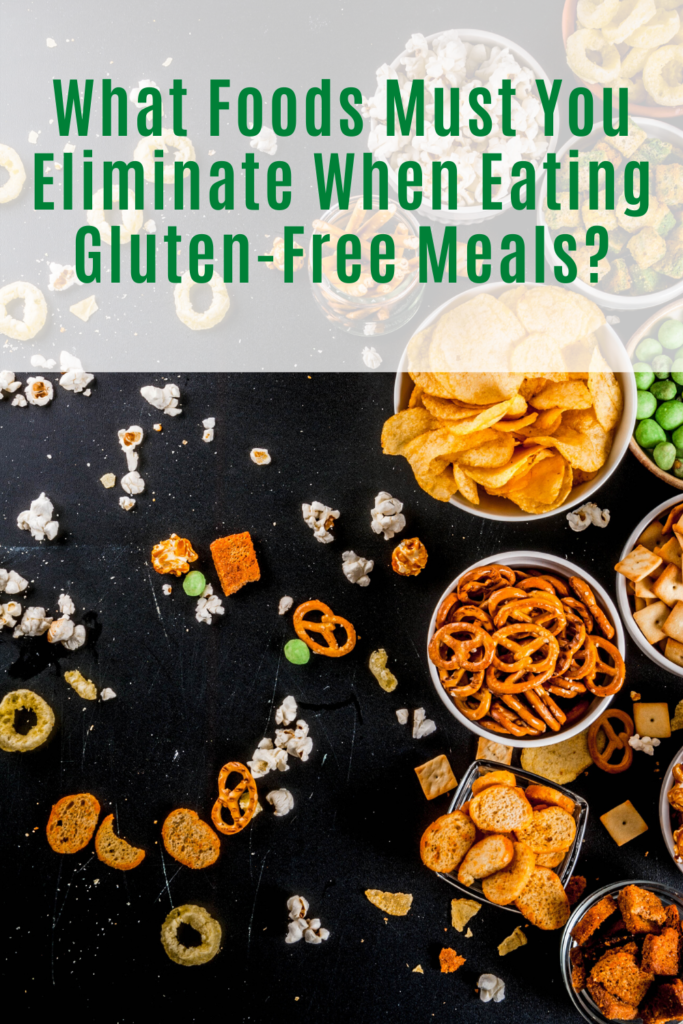When you decide to go gluten-free, one of the largest challenges you’ll face is knowing what foods to eat and what to avoid. Gluten (wheat) can be found in foods you would never guess contain it and when your body is gluten intolerant and unable to properly digest the gluten protein, you’ll have issues.
If you are gluten intolerant person and you consume gluten, you are likely to have a variety of related health issues like bloating, headaches, skin problems(rash, eczema), feel lethargic, have abdominal pain, suffer from digestive problems and so on.
People suffering from celiac disease may suffer very dangerous consequences from even the smallest amount of gluten.
This is why it is critical to know the foods to avoid eating and since gluten can sneak into foods that you wouldn’t normally expect to have gluten in it, it’s important you know what foods to eat and what to eat and you always read labels and remain vigilant.
One common example of a food item that can wreak havoc is soy sauce that’s made and fermented with wheat. If you were not aware that typical soy sauce has wheat in it, and you used it while cooking or eating a meal, you’d could potentially experience the uncomfortable physical side effects of a gluten intolerance or gluten/wheat sensitivity.
That being said, let’s take a look at a sample list of foods you might want to to avoid eating or using in your cooking.

- barley
- barley malt
- bulgur
- chicken broth
- condiments
- couscous
- cracked wheat
- durum
- einkorn
- emmer
- farina
- faro
- gliadin
- graham flour
- malt vinegar
- matzo
- rye
- seasonings
- seitan
- semolina
- soba noodles
- some salad dressings
- soy sauce
- spelt
- vegan burgers
- wheat bran
- wheat germ
- wheat starch
This is only a small sample of food containing gluten. Ketchup is a big one that is not listed above but requires reading the label. This list is merely a place to start and this article would be pages long if I tried to include everything. Simply put, you must become a label reader and get good at it.
Obviously, foods such as bread, pasta, etc. that are typical made with wheat can no longer be a part of your diet. Fortunately, there are a variety of gluten-free substitutes you can find in the grocery store. Or, simply avoid breads, breading, cookies, muffins, pastries, cakes and pasta.
You also need to know that reading labels isn’t always so simple. Wheat flour can have many different names depending on how it has been milled or processed. If you happen to see flour that’s name “self-rising flour”, Farina, Graham flour, enriched flour or Semolina… you will want to avoid all of those because they contain gluten.
Some of the more commonly eaten foods that have gluten are things like: cereals, desserts, salad dressing, biscuits, cookies, French fries, pasta, beer, cake, sauces, potato chips and even processed meats like spam and hot dogs. As you can see, the list can be endless and you must be diligent.
Most often, the starch that’s required to bind together the ingredients of food, or to create some thickness in sauces, etc. contains gluten. Gluten is present in so much of our food because of the elastic nature of gluten that food manufacturing companies find useful.

In my opinion, the easiest, and perhaps best way to succeed with a gluten-free diet is to cook for yourself. Yes, this can be a chore every day, but it’s honestly the best way to manage what gets in your food. I have gotten much better at just saying “no” to other peoples cooking. It’s way easier to say no then to ask a million questions about what ingredients were used, eat something only to find out they put soy sauce in and didn’t tell you.
One simple way to manage a new eating plan is to plan ahead. Many people who find themselves on a on a gluten-free diet decide to cook all their meals on a specific day of the week, like Sunday. They then simply store the meals all week in the refrigerator and eat as needed with very little effort.
When I first went gluten-free, I avoided allergy issues by sticking with fresh fruits and veggies. I ate a lot of salad with gluten-free dressing.
For me, this was easier, required less time and meant less chance of being “glutened”. In a perfect world, our diets should be made of up mostly of wholesome and nutritious foods in their natural form giving us the best nutrients for our bodies needs.
It goes without saying, it’s easy to suffer from deficiencies in needed nutrients if you aren’t careful so avoid cutting out too many foods that are healthy for you. You can use supplements in the form of multivitamins, etc to help avoid deficiency or correct a problem if something is lacking in your diet.
In my opinion, you’ll do just find if you can stick to lean meat, eggs, fruit, vegetables and healthy fats. If you happen to be Vegan, or allergic to eggs, etc. be sure to explore ways to get all the nutrients you need through your food choices and nutritional supplements.
Keep a close watch on the ingredients of any packaged food or meals, and as much as possible, prepare your meals at home for the first couple of months as you get familiar with how to avoid gluten.
It’s only a matter of time before you’ll be able to whip up a tasty and healthy, gluten-free meal for you and your family.

I hope you’ve found value in this article. If you have questions, be sure to contact me. Otherwise, stay tune for my next article about living Gluten-Free. If you’ve found a successful way to avoid gluten, share it in the comments below.

